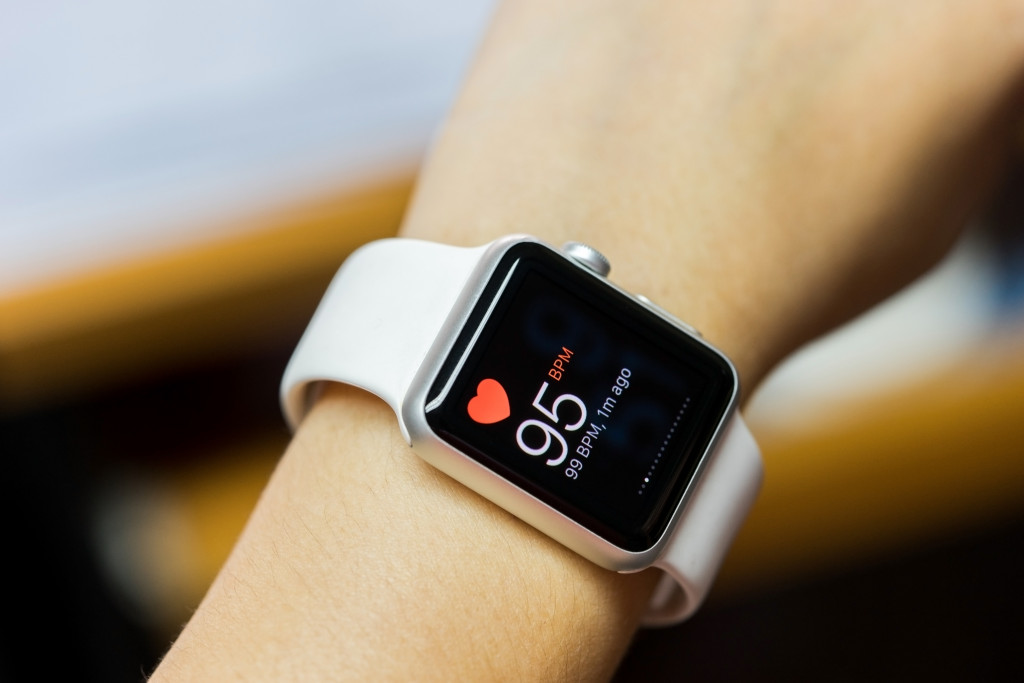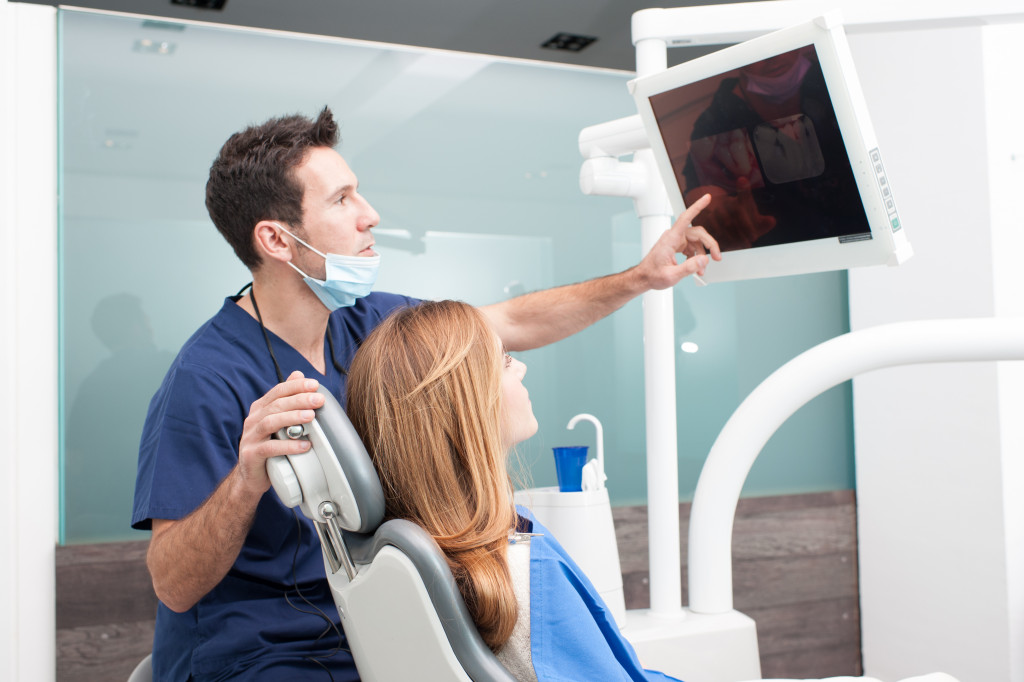- Electronic Health Records have replaced paper-based records and enabled telemedicine.
- Reliable software streamlines workflow and allows for increased patient engagement.
- Remote patient monitoring (RPM) enables healthcare professionals to track patient health outside clinical settings.
- Robotics and automation are used for surgeries, inventory management, appointment scheduling, and patient check-ins.
- Wearable technology monitors vital signs and can warn early about potential health issues.
The healthcare industry has come a long way over the years. From handwritten prescriptions to digitized platforms, the incorporation of technology has brought about a significant transformation that has improved the quality of healthcare services.
With the world moving towards a digital age, exploring how technology can transform the healthcare industry is essential. This blog discusses how technology enhances efficiency and safety in the healthcare industry.

Medical Records Management
Integrating Electronic Health Records systems has revolutionized medical record management. EHRs have replaced the old-school method of paper-based records and have enabled healthcare professionals to easily access their patient’s medical records. EHRs can also be used for telemedicine consultations between patients and providers in remote locations.
Streamline Workflow
You can leverage reliable functional medicine software to streamline your workflow and allow you to increase time for patient engagement. The software should provide a two-way portal to facilitate communication. The online discussion should also be automatically saved in the patient’s EHR. It should also facilitate inventory management to ensure you can easily monitor supplements and prescription medication supplies.
Remote Patient Monitoring
Remote patient monitoring (RPM) has made it possible for healthcare professionals to keep track of their patient’s health outside the hospital or clinical setting. RPM solutions enable patients to continue their treatment under the supervision of their healthcare providers, leading to improved health outcomes. RPMs can also alert healthcare professionals for abnormalities in the patient’s vitals.
Medical Conditions
RPMs can monitor various medical conditions, such as chronic diseases (diabetes, heart disease, etc.), mental health issues, or post-surgery recovery. RPM solutions allow healthcare professionals to diagnose problems and intervene early to prevent more serious complications. In addition, RPMs can help reduce hospital visits and admissions by providing better management of the patient’s health outside the hospital.
Robotics and Automation
Robotic technology has begun to play a major role in surgery. Robotic-assisted surgeries have been found to improve surgical precision, reduce blood loss, facilitate quicker recovery time, and minimize risk to the patient during surgical procedures.
Automation Technology
Medical facilities also use automation technology for various tasks, such as inventory management, appointment scheduling, and patient check-ins. Automation has been used to track and monitor vital signs during procedures and alert medical personnel in case of an emergency.
Diagnostic Imaging
Additionally, automation can be used for diagnostic imaging, such as X-rays or CT scans. Automation technology has also provided personalized care plans for specific patients and conditions.
AI-Enabled Diagnosis
Artificial Intelligence (AI) is transforming the way medical professionals diagnose diseases. Machine learning is used to sift through vast amounts of data and recognize patterns to improve diagnosis and treatment planning. With AI, medical professionals can provide patients with more accurate and efficient diagnoses.
Vital Signs
AI-enabled systems can detect changes in a patient’s vital signs or even diagnose diseases much earlier than traditional methods. AI also has the potential to reduce healthcare costs by improving diagnostic accuracy and reducing false positive results. AI also accelerates medical research, as it can provide valuable insights into complex biological processes that drive disease progression.

Wearable Technology
Wearable technology has great potential to enhance patient care. Wearable devices track vital signs such as heart rate, blood pressure, and blood glucose levels. Wearable technology can also track physical activity and sleep patterns and provide early warnings for potential health issues. This real-time data can save lives and prevent health complications in the long term.
Provide Reminders
Wearable devices can also remind patients about taking medication and follow-up visits with their healthcare professionals. These devices can be used in medical emergencies by sending an alert to emergency services or a designated contact person, providing lifesaving assistance. Furthermore, wearables can connect patients with their physicians remotely, allowing for more accessible medical consultations and care.
Revolutionize Patient Care
Wearable technology can revolutionize patient care and improve the quality of life for those suffering from chronic conditions. With further development, wearables can become a powerful tool that enables healthcare providers to provide personalized health solutions for their patients.
The healthcare industry is undergoing a significant digital transformation with the integration of technology. The introduction of Electronic Health Records, Remote Patient Monitoring, Robotics and Automation, AI-enabled diagnosis, and Wearable Technology has enabled physicians to provide better patient care, reduce risks, and improve the overall efficiency of healthcare institutions. Technology has transformed the diagnosis and treatment of diseases. It has also revolutionized the healthcare industry’s overall patient data, resources, and personnel management. As healthcare providers continue to invest in new technology, they will undoubtedly see an improvement in patient outcomes and satisfaction.
